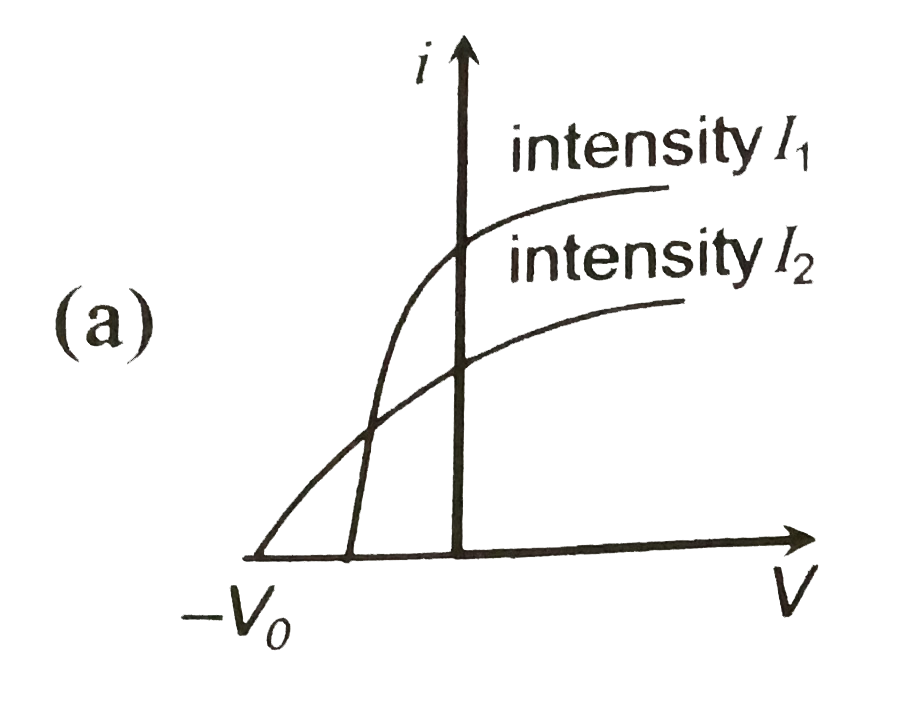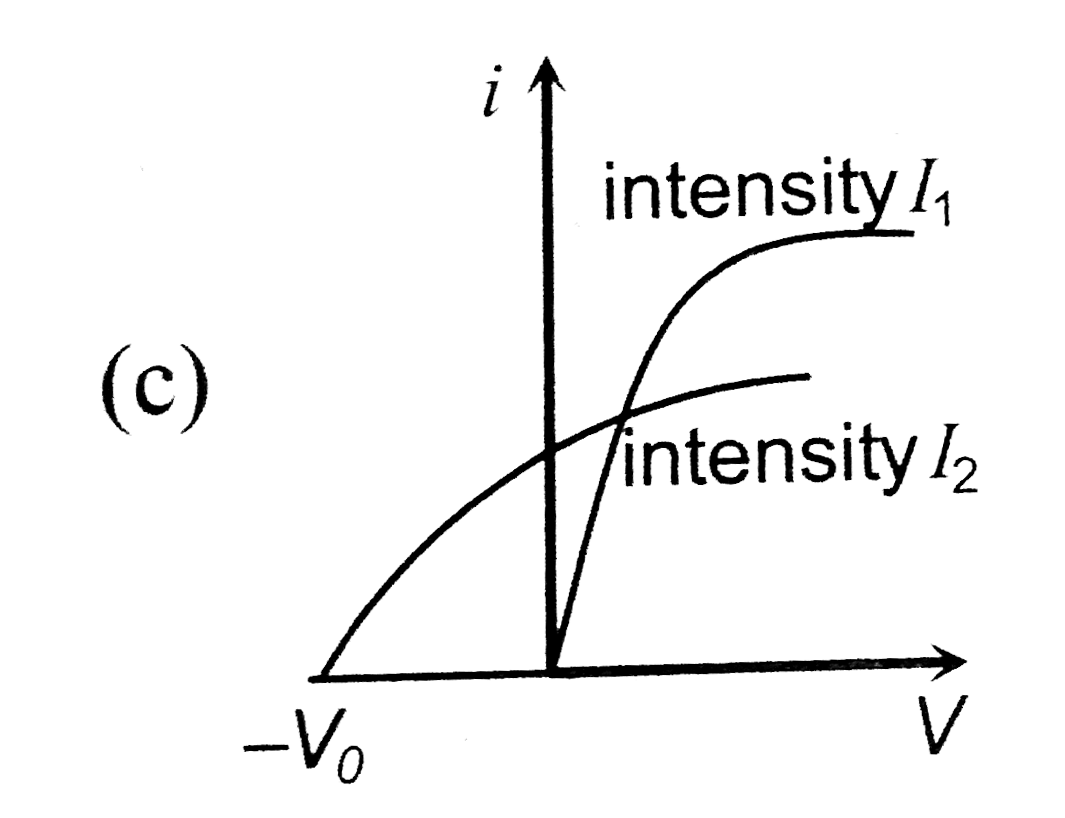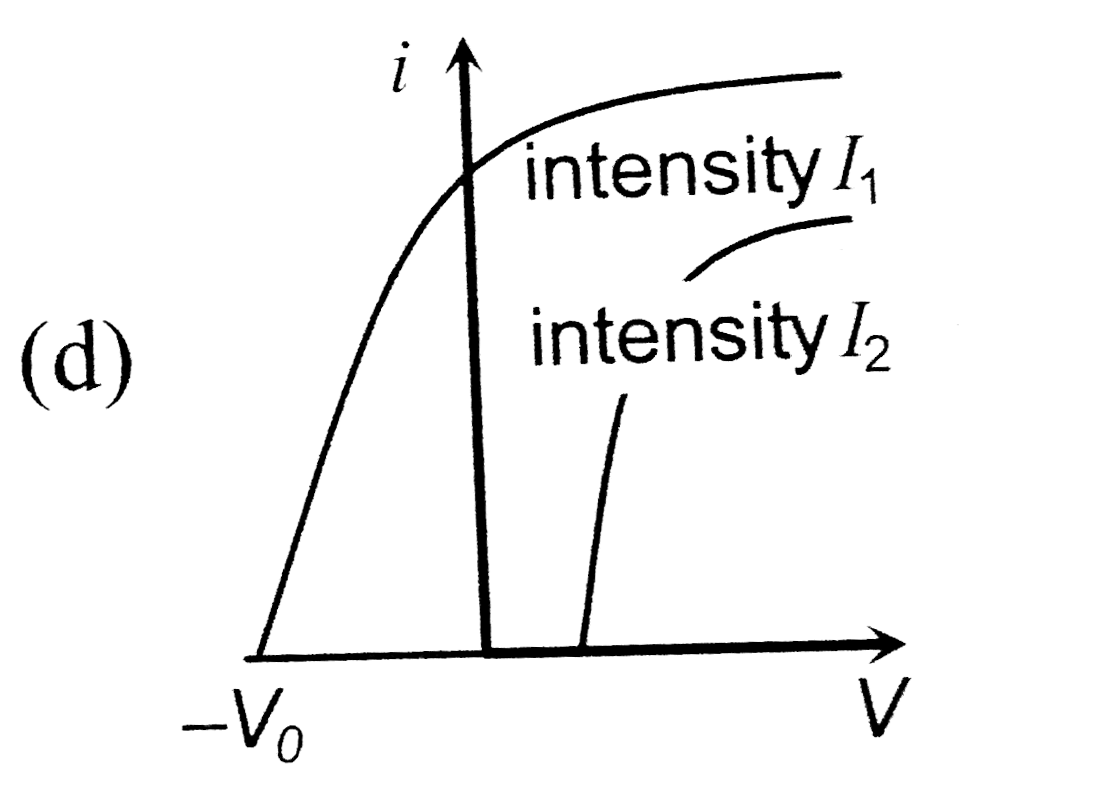For a metallic wire, the ratio Vi(V=applied potential difference and i= current flowing)is
independent of temperature
increases as the temperature rises
decreases as the temperature rises
increases or decreases as temperature rises depending upon the metal
The correct Answer is:B
Similar Questions
In an AC circuit, the applied potential difference and the current flowing are given by
V=20sin100t volt ,I=5sin(100t−π2) amp
The power consumption is equal toView SolutionThe resistance of a metal is given by R=V/I , where V is potential difference and I is current . In a circuit , the potential difference across resistance is V=(8±0.5)V and current in resistance , I=(4±0.2)A. What is the value of resistance with its percentage error?
View Solution
Knowledge Check
- Question 1 - Select One
In an AC circuit, the applied potential difference and the current flowing are given by
V=20sin100tvo<,I=5sin(100t−π2) amp
The power consumption is equal toA1000WB40WC20WDzero - Question 2 - Select One
The resistance of a metal is given by R=V/I , where V is potential difference and I is current . In a circuit , the potential difference across resistance is V=(8±0.5)V and current in resistance , I=(4±0.2)A. What is the value of resistance with its percentage error?
A(2±5.6%)ΩB(2±0.7%)ΩC(2±35%)ΩD(2±11.25%)Ω - Question 3 - Select One
The curves (a),(b),(c) and (d) show the variation between the applied potential difference (V) and the photoelectric current (i) , at two different intensities of light (I1>I2). In which figure is the correct variation shown ?
A B
B C
C D
D
The resistance R of a conductor is defind as the ratio of the potential difference applied across it to the current flowing through ti . If V = (100±5)V and I = (5+0.1) A , what is the percentage error in R ?
View SolutionThe curves (a),(b),(c) and (d) show the variation between the applied potential difference (V) and the photoelectric current (i) , at two different intensities of light (I1>I2). In which figure is the correct variation shown ?
View SolutionWhen a current of 2 A flows in a battery from negative to positive terminal, the potential difference across it is 20 V. If a current of 3 A flowing in the opposite direction produces a potential difference of 25 V, the emf of the battery is
View SolutionWhen a current of 2 A flows in a battery from negative to positive terminal, the potential difference across it is 12 V. If a current of 3 A flowing in the opposite direction produces a potential difference of 15 V, the emf of the battery is
View SolutionWhen a current of 2 A flows in a battery from negative to positive terminal, the potential difference across it is 12 V. If a current of 3 A flowing in the opposite direction produces a potential difference of 15 V, the emf of the battery is
View Solution

